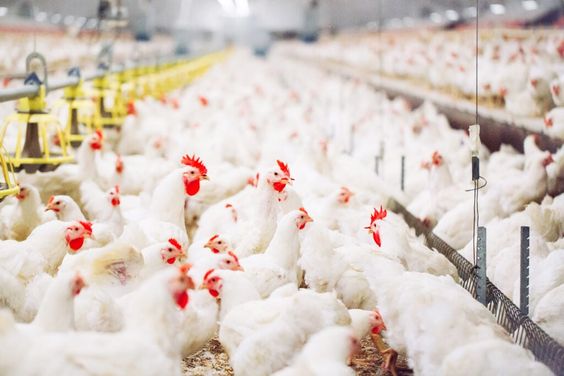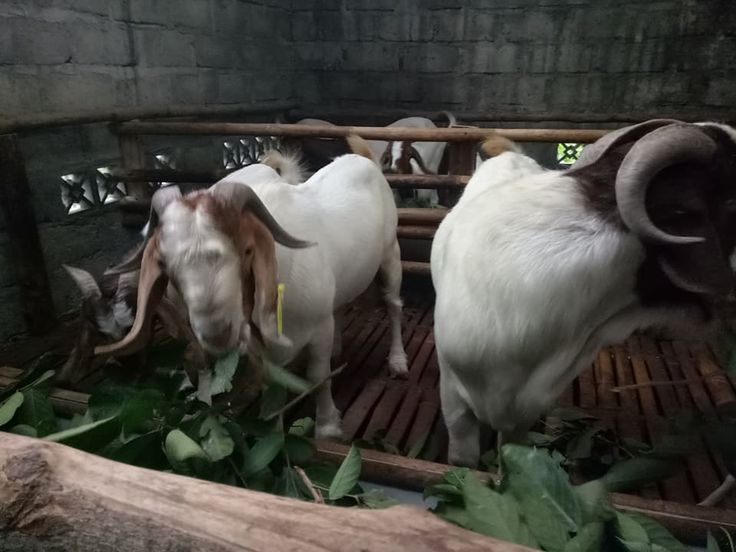Processing of Goose Products: From Farm to Feast
Processing of Goose Products, once a common sight on farms, are now a niche source of meat and other products. However, goose continues to be a prized ingredient in many cultures, particularly around festive occasions. Processing goose products involves several steps to ensure safety, quality, and efficient utilization of the entire bird. Let’s delve into the world of goose processing, exploring the journey from farm to table.
Pre-Processing: Raising and Slaughtering Geese
Raising Geese: Processing of Goose Products are typically raised for their meat, fat, feathers, and down. Depending on the desired product, geese may be raised on pasture, in confinement, or a combination of both. Breeds are chosen for specific traits, with some breeds known for larger livers for foie gras production, while others are bred for superior meat quality.
Slaughtering: The Processing of Goose Products are humanely slaughtered according to regulations set by the governing bodies of each country. Common methods include stunning followed by exsanguination (bloodletting) or controlled atmosphere stunning. Strict hygiene protocols are followed throughout the process.
Processing Steps: From Feathers to Foie Gras
Feather Removal: After slaughter, feathers are removed using various methods. Traditionally, plucking was done by hand. Today, mechanical pluckers utilizing rubber fingers remove most feathers efficiently. A final step might involve a spin plucker or waxing to remove any remaining feathers and down.
Evisceration: An incision is made to remove the internal organs like heart, liver, gizzards, and intestines. These organs are separated, inspected, and cleaned. Some organs, like the liver, may be further processed depending on the intended use.
Grading and Chilling: The carcass is graded based on factors like size, conformation, and fat content. Carcasses are then thoroughly chilled to an internal temperature that inhibits bacterial growth. This can be done by air or water chilling.
Further Processing:
- Deboning: For some products, the meat is deboned, either manually or mechanically. This allows for creation of value-added products like sausages, ground meat, and pre-cut portions.
- Fat Rendering: Goose fat is a prized culinary ingredient. Fat trimmings are rendered (melted) to separate the fat from the tissue. The rendered fat is clarified and filtered for use in cooking or further processing.
- Foie Gras Production: Foie gras, a delicacy made from fattened goose liver, requires a specific processing method. Geese are force-fed a high-calorie diet to enlarge the liver. This practice is controversial due to animal welfare concerns, and illegal in some countries.
Processing Variations: Different Products, Different Techniques
Goose Meat: Processing of Goose Products meat is typically sold whole, cut into parts (legs, breasts, wings), or ground. It can be fresh, frozen, cured (smoked or brined), or cooked (roasted whole birds are popular).
Feathers and Down: Processing of Goose Products feathers are used for decoration, bedding, and sporting goods. Down, the soft undercoat feathers, are highly prized for their insulating properties and used in pillows, comforters, and outerwear. Feathers and down are cleaned, sorted, and graded before reaching manufacturers.
By-Products: Other Processing of Goose Products parts like feet and necks may be used in broths or pet food. Blood may be collected and processed for use in animal feed. Even the inedible parts like beaks and feet can be used for industrial purposes like glue production.
Regulations and Quality Control:
Processing of Goose Products is subject to strict regulations to ensure food safety and animal welfare. Government agencies inspect processing facilities and implement quality control measures. Processors adhere to Hazard Analysis and Critical Control Points (HACCP) plans to identify and control potential hazards throughout the processing chain.
The Future of Processing of Goose Products
The Processing of Goose Products industry is constantly evolving. There is a growing emphasis on sustainable practices, such as using by-products and minimizing waste. Animal welfare concerns are also driving innovation, with some producers exploring alternative methods for foie gras production.
Conclusion Processing of Goose Products is a complex process that transforms geese into a variety of valuable products. From farm to table, each step plays a crucial role in ensuring safety, quality, and efficient utilization of this versatile bird. As consumer preferences and regulations evolve, the goose processing industry will continue to adapt and innovate to meet the demands of the market.






